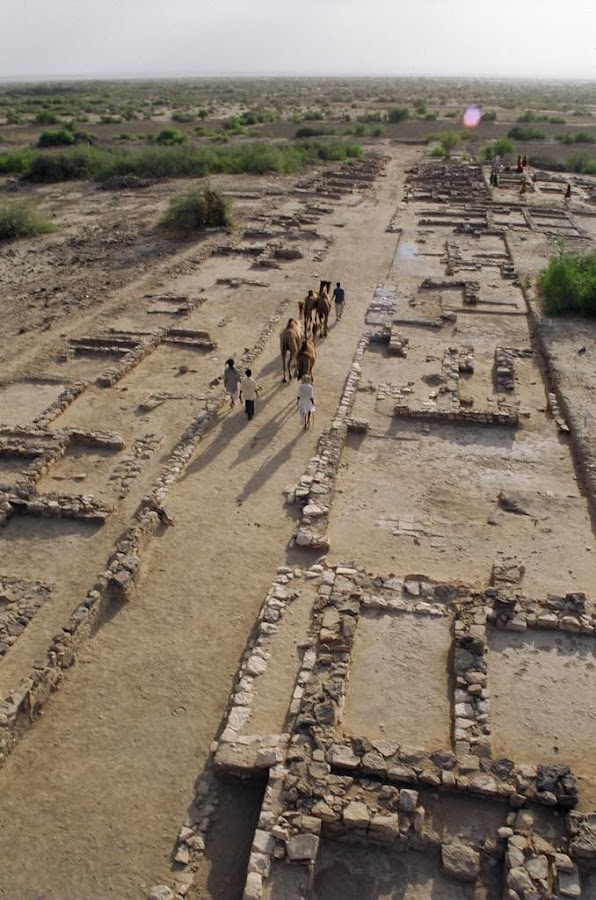
Dholavira
Kutch, India
- Explore-ancient-city-ruins
- Learn-about-Indus-valley-civilization
- Photography-of-historical-site
- Visit-archaeological-museum
Known for:
Description:
Dholavira, an archaeological site in Kutch, Gujarat, unveils the mysteries of the ancient Indus Valley Civilization. It showcases a well-planned city with sophisticated water management systems, including reservoirs and stepwells. The site features a unique citadel, middle town, and lower town, offering insights into the social structure of that era. Explore the remnants of houses, workshops, and burial sites, and marvel at the intricate craftsmanship of the Harappan people. Dholavira is a must-visit for history enthusiasts and those curious about India's rich past. The site provides a glimpse into the urban planning, engineering, and life of a civilization that thrived thousands of years ago.
History:
Dholavira, believed to be inhabited between 2650 BCE and 1450 BCE, was a major urban center of the Indus Valley Civilization. Its strategic location allowed for trade and resource control. The city is known for its unique architecture, including massive stone walls, reservoirs, and a sophisticated water harvesting system. Unlike other Harappan sites, Dholavira has a distinct tripartite division of the city. Excavations have revealed artifacts like pottery, seals, and tools, shedding light on their daily life, trade, and craftsmanship. The city's eventual decline remains a subject of ongoing research, with theories suggesting climate change and shifts in river courses as possible causes.